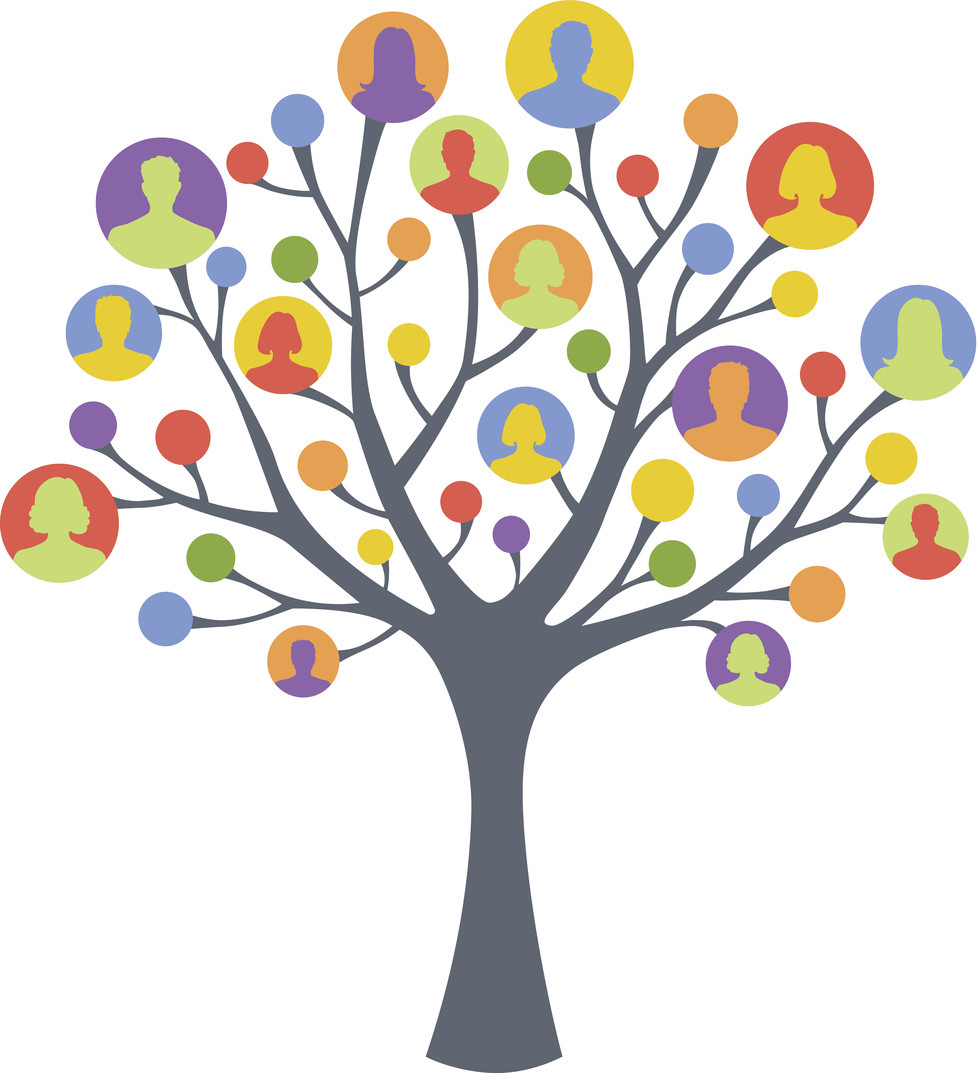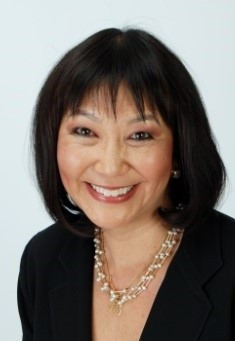Let’s recognize caregivers and make it easier for all of us to do the right thing

I walked out of the doctor’s office, overwhelmed and paralyzed. My daughter had just been diagnosed with multiple food allergies from nearly all fruits, numerous vegetables, seafood, nuts, soy, wheat, and more. We headed straight to the grocery store to figure out what she could eat without wasting away from malnutrition, or so I thought.
Two hours later, we were still in the grocery store, reading every label.
You would think I would know what to do. After all, I am a doctor. But that day, I was simply a mom and a caregiver.
My problem was simple in the big scheme of things. Many years later, we figured out what my daughter can and can’t eat, how to go out to dinner, have friends over, and basically return to normal everyday life.
But for many of the more than 40 million caregivers in the USA today, it’s not so easy.
The costs of caregiving: health, time, and money
Fully 32% of family caregivers provide at least 21 hours of care per week with the average of 62.2 hours, according to a June 2015 AARP and National Alliance on Caregiving research report, . Those who provide caregiving 14 hours per week or for two or more years doubled the risk of developing cardiovascular disease and significantly increased the risk of developing high blood pressure and depression.
And it’s not just the time burden and health risks, but there’s also the expense.
A just-released AARP study, , concludes that “family caregivers are spending roughly $7,000 in 2016 on caregiving expenses which amounts to, on average, 20% of their total income.�� Some groups, including Hispanic/Latino, African American, and those caring for someone with dementia experience higher than average out-of-pocket expenses.
Many caregivers are forced to cut back on their own personal spending, reducing leisure spending or retirement savings, to accommodate caregiving costs.
When I think back to the day our family life changed, I am struck by how little doctors seem to know about the impact of our recommendations to our patients. My problem was minor �� just changing grocery shopping habits and recipes.
But think about a new diagnosis of diabetes. It’s not just the recipes and grocery habits, but more trips to the pharmacy, tracking blood sugars, and follow-ups to doctors. According to a , it takes two hours on average for one doctor visit for travel, waiting time, and visit. Even more time is spent if one needs public transportation or to arrange a ride.
Maybe it’s time to contemplate new measures for health care delivery
What if doctors and health systems were measured by how much they reduced the time, money, and the overall burden of care that patients, family, and caregivers need to follow recommended care? What if we told our patients, their families, and their caregivers not only what they “should do,�� but “how to�� with the least disruption to their everyday lives?
We need to make it easy to do the right thing.
Doctors care about having meaningful time with their patients. So, every time a new guidance or documentation rule is mandated, physicians understandably complain about the new time burden to incorporate the new tasks into the workflow of their practice.
Similarly, every time we give our patients and caregivers new recommendations to follow, we are disrupting the “workflow of their lives.�� Is it any wonder that compliance is challenging for our patients? Do we address the daily changes that will be needed in everyday living? The Lasix prescription that means figuring out where all the nearest bathrooms will be when the fluid reduction pill takes effect. Or the cost of dressings, bandages, tape, and time to manage wound care at home? And the anxiety of not knowing if one just broke sterile technique at home? What a steep learning curve we expect from our patients following each visit!
A thank you from health care providers to caregivers
November is National Family Caregivers Month. Kudos to all family and friend caregivers, not only for “care taking�� �� ensuring your loved one is safe, taking the correct medications at the right time, preventing falls, making the right meals, and helping with bathing �� but also for “care giving�� �� the giving of love, compassion, and care. You are spending your precious hours and your own money to do what you do best: sharing your love to your parent, your spouse, your children, or your friends. You are making a difference to our patients (your loved ones). It’s time we clinicians pay tribute, recognize, and thank you for being a caregiver, and not just a caretaker.
About the Author

Charlotte S. Yeh, MD, Chief Medical Officer, AARP Services, Inc., Guest Contributor
Disclaimer:
As a service to our readers, �첩���� Publishing provides access to our library of archived content. Please note the date of last review or update on all articles.
No content on this site, regardless of date, should ever be used as a substitute for direct medical advice from your doctor or other qualified clinician.















